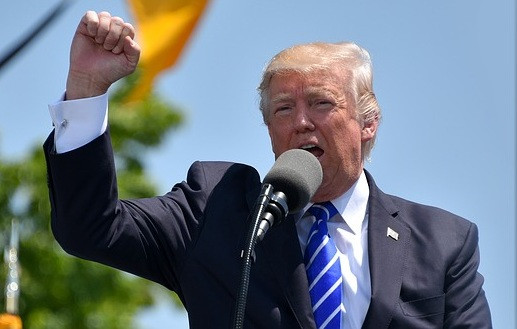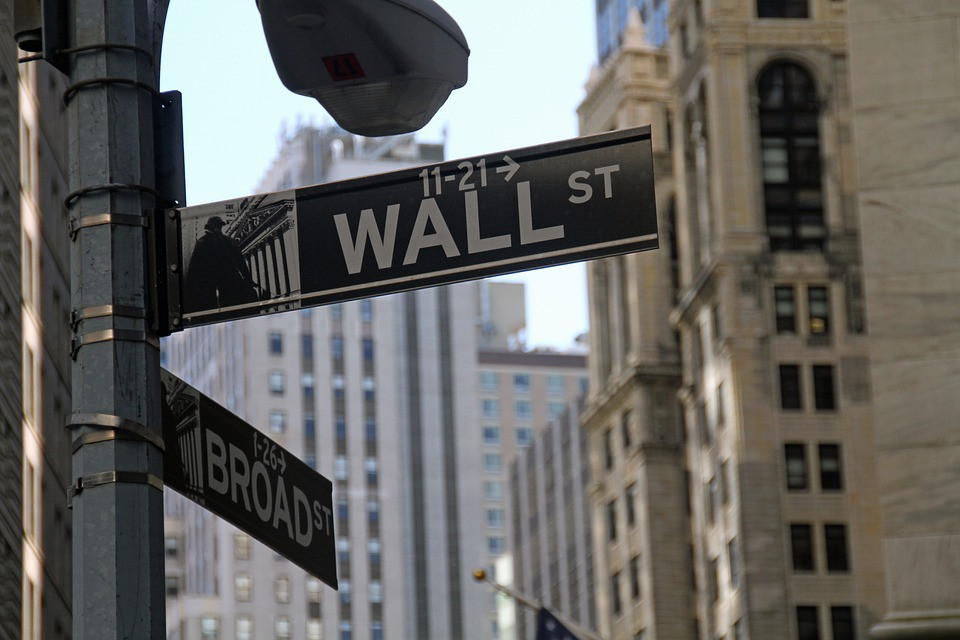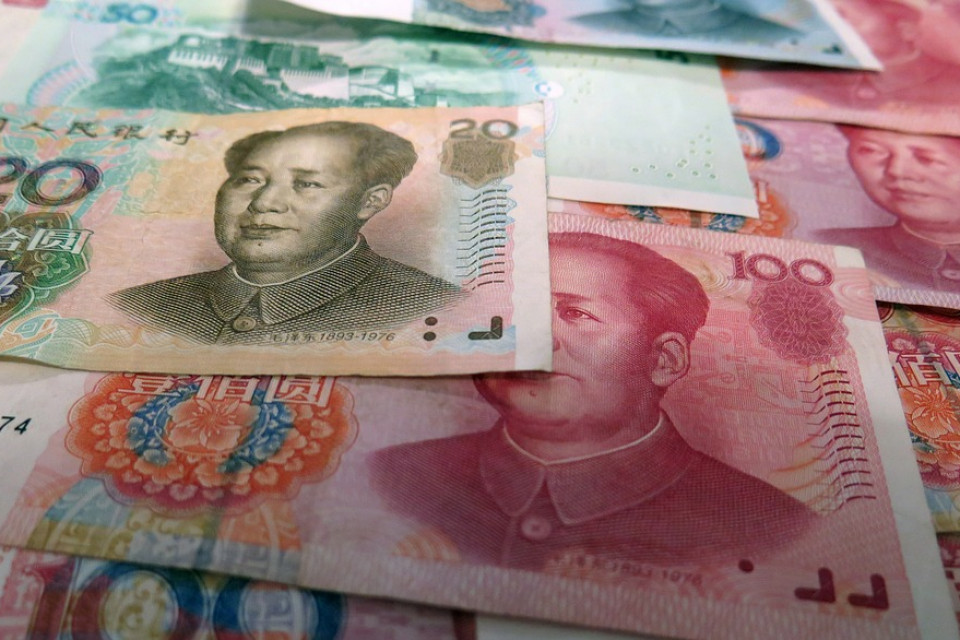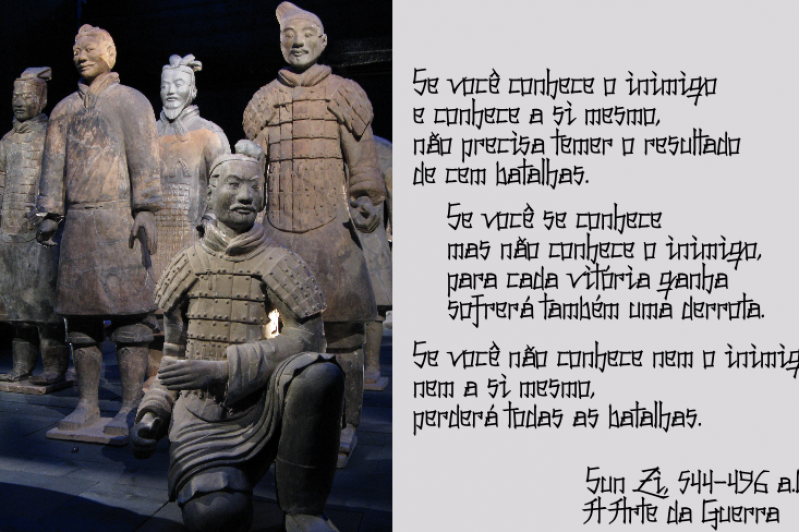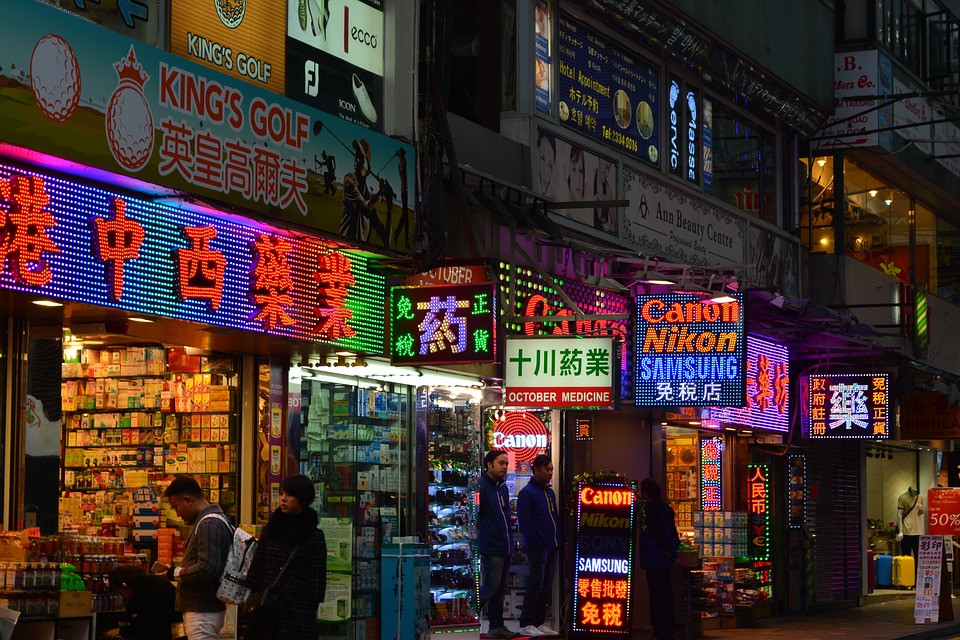It all in December 2016, at the beginning of his mandate, when the president of the United States proclaimed his goal to put "America First" (America above all). However from that moment on, the arguments were coated in extreme patriotism, something that the most radicals could use to justify the most controversial decisions: it was about "National Security". According to President Trump, for too many years the country had suffered intolerable abuses and he could no longer tolerate.
The Balance of Trade (exports less imports of goods and services) had worsened reaching unsustainable deficits because the creditor countries were taking away the jobs previously covered by the so-called "rust belt" -the belt of rusty factories that had to close due to the competition of exports from abroad-. The old factories were rusting away having been abandoned. The paradigm of the automotive industry, the once prosperous city of Detroit, was transformed into a ghost town in which only Hispanics found a new life, mostly undocumented immigrants.
In a second phase, the State Department assessed trade deficits with large countries.
It started in China and continued to Germany. It transformed the old NAFTA (the Free Trade Agreement between Mexico, Canada and the United States, which was replaced by another) and more recently, it was Japan's turn.
It imposed a tariff or tax of 25% on all imports of steel and 10% on aluminium on everybody.
In fact, the country with the most net exports was not China, but rather Germany, in a ratio of one to four, but on China there were questions of great significance, from the violation of patent rights and industrial procedures to the restrictions imposed by the world's second largest power on American investors who sought after having a growing market share in China.
And that leads us to the third phase, the harshest and with incalculable consequences, which from the United States the Nobel Prizewinner Paul Krugman has described as practices ignorance of value chains, as is the case of Apple, which is the Californian company most harmed by the recent ban on the Chinese company Huawei accessing the American market. Trump banned the leading company in latest-generation processors, Qualcomm, selling them to Huawei and, at the same time, told everyone that the Chinese company, private capital and pioneer in the 5G systems, for telecommunications, could sell to any eastern or western country.
Huawei filed a lawsuit against the American government, but that brings us to the fourth phase, which might have some features of the Cold War that Gorbachev resolved for Russia and President Reagan during his presidential term.
To conclude: What are the consequences of the different phases of the commercial war and the war of the latest technologies? According to the International Monetary Fund, these conflicts are causing a contraction of world trade and translate into lower growth in global production. German exporting companies have suffered a significant decrease in their exports to the United States and have had to have mergers in the steel industry in order not to lose competitiveness. They were forced to close their factories in Mexico and reinvest in US territory because of President Trump's decision. Tariffs on cars are going to go from the current 2.5% to 25% and also on the components. As a result of this, the Spanish automotive industry will soon suffer a decline in its world exports.



